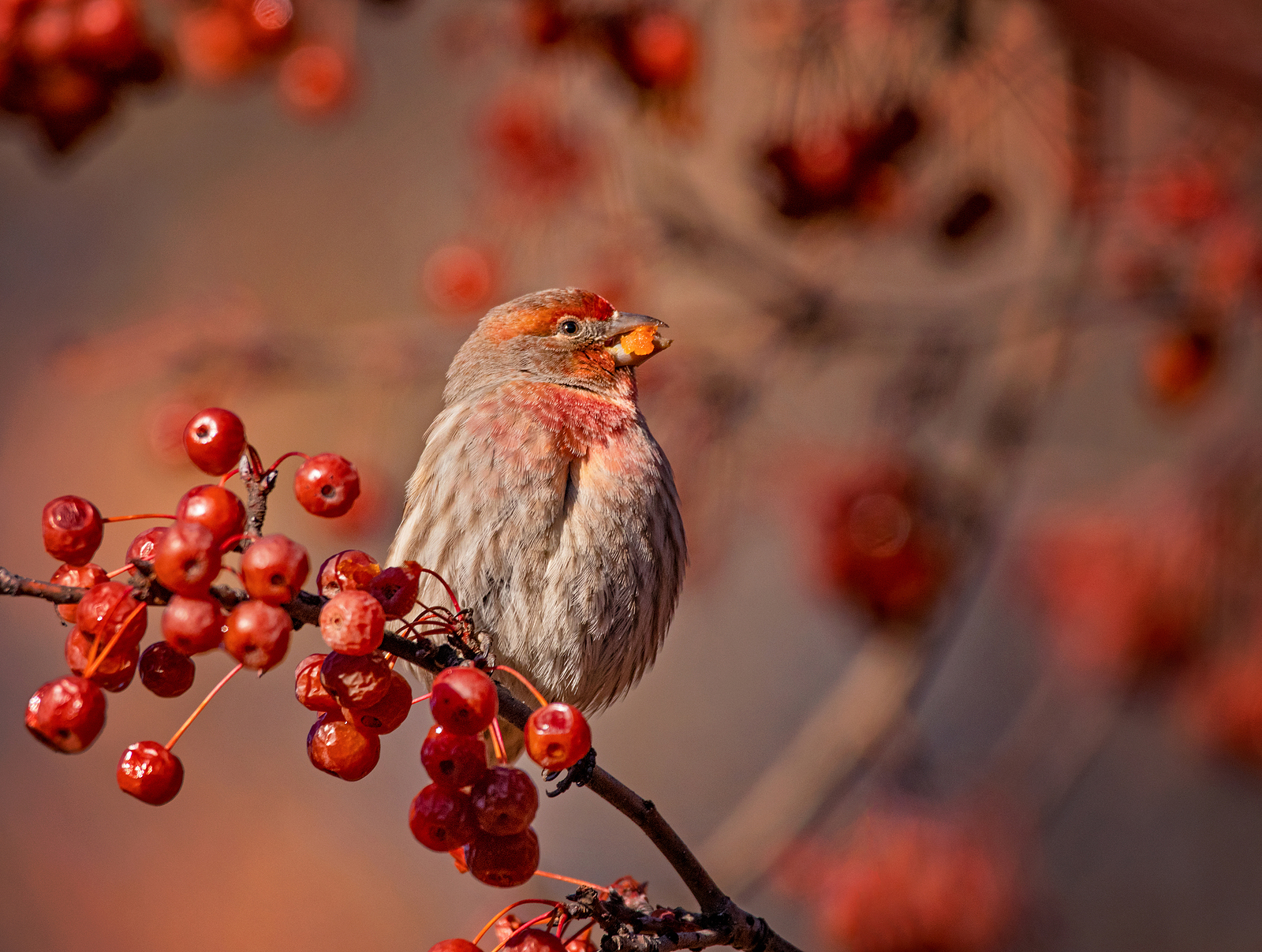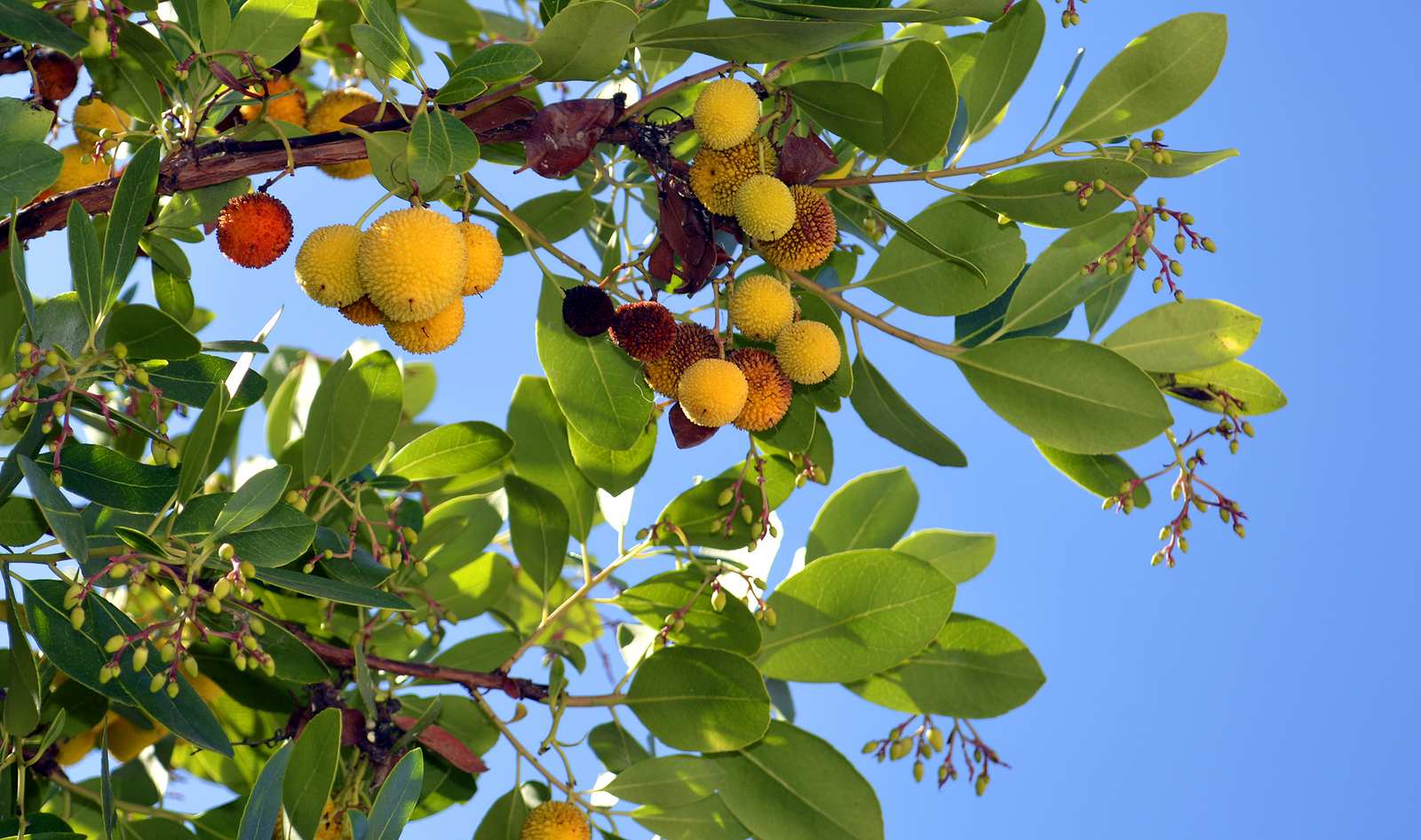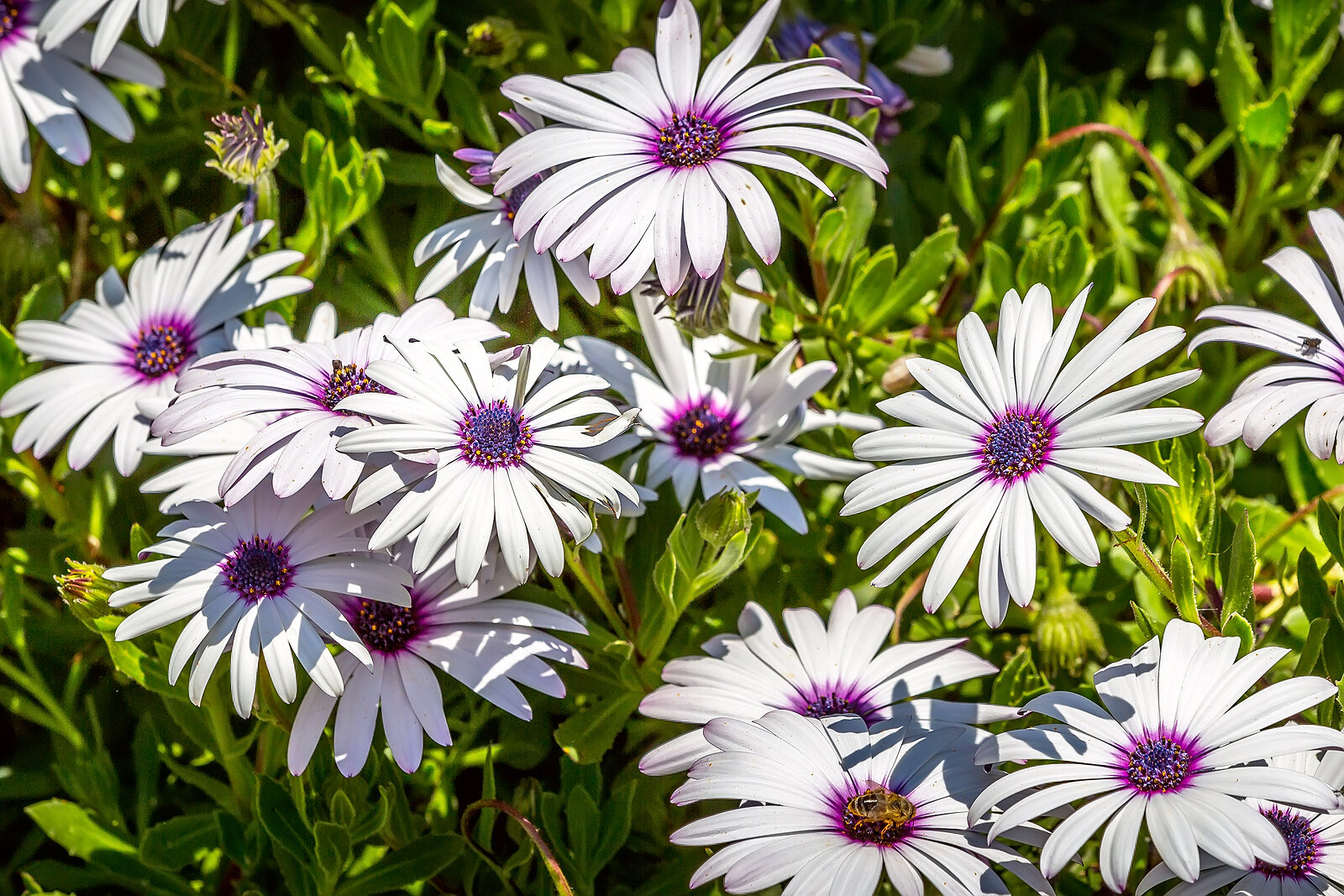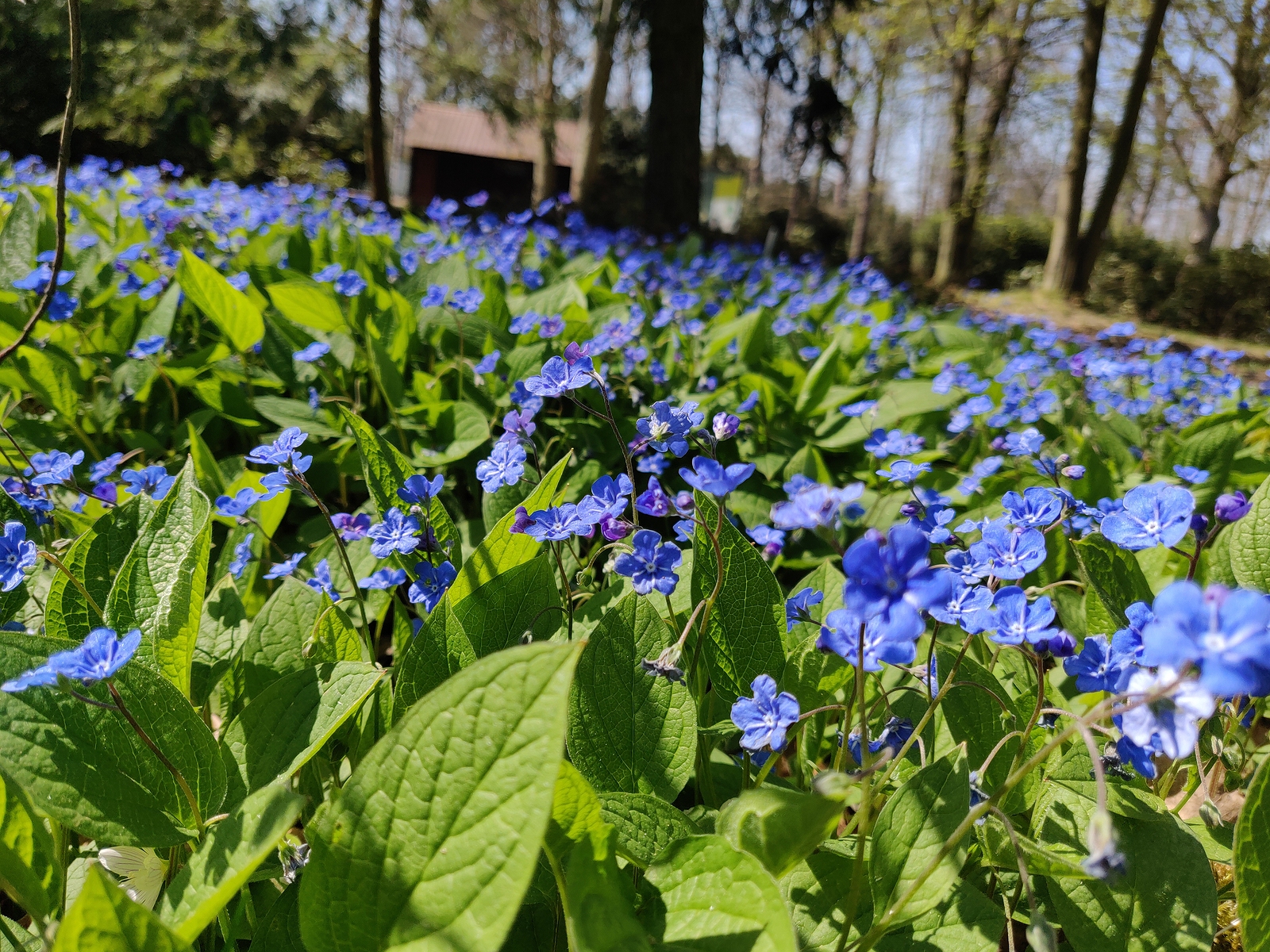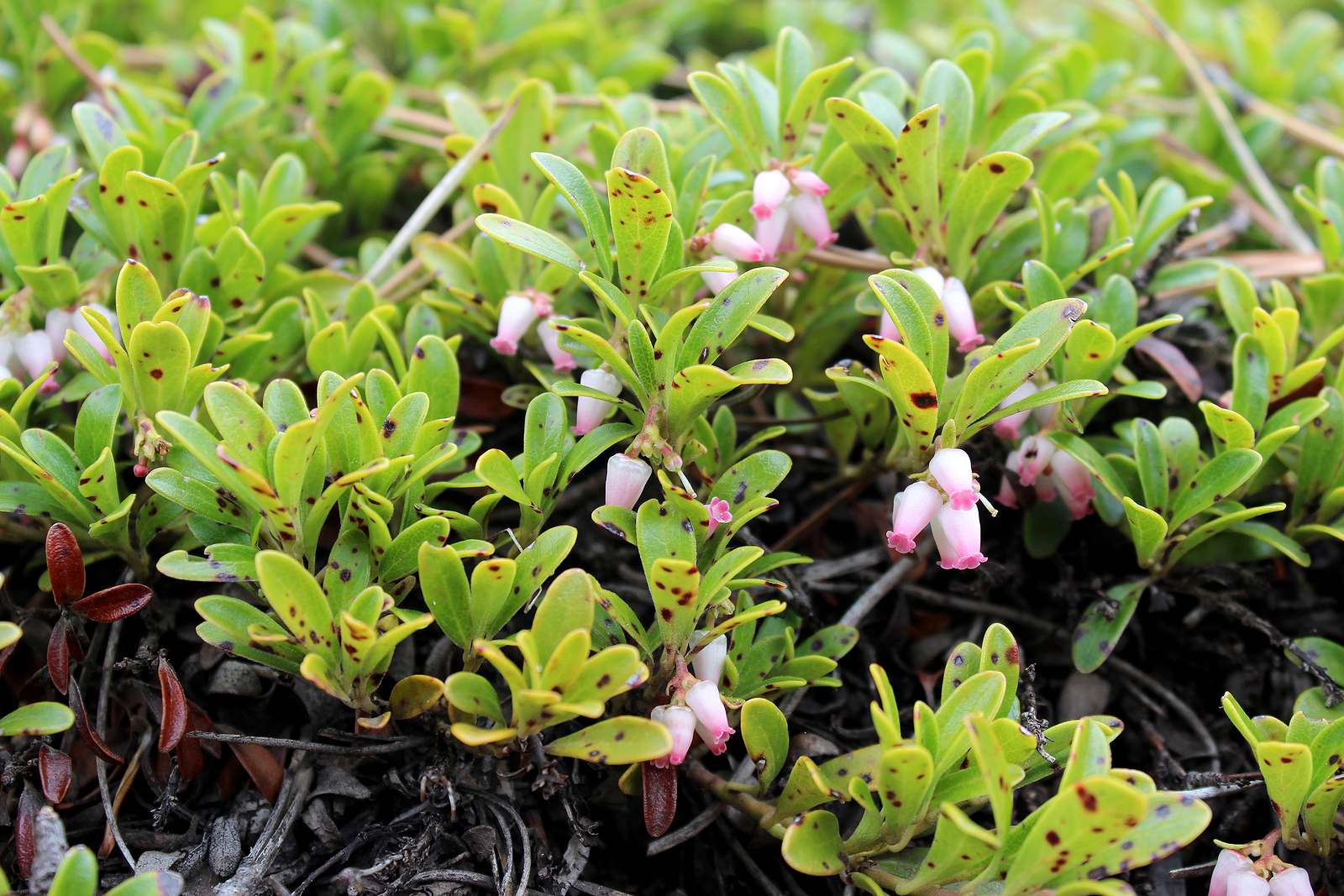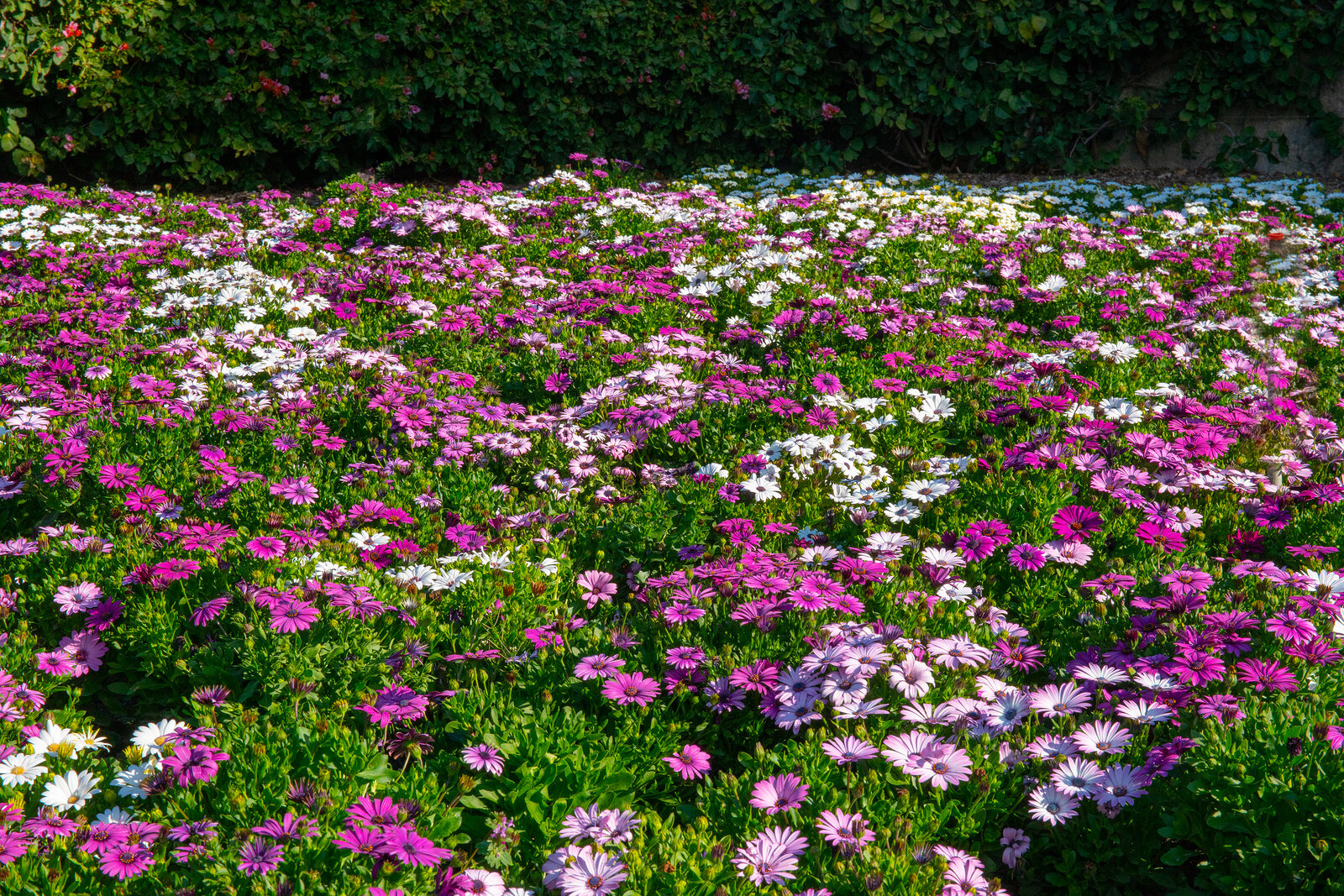Groundcovers
Latest stories
More stories
-
in Groundcovers, List
Groundcovers for Slopes
Groundcovers for slopes must be able to hold the soil and protect the ground. They must be able to withstand wind and rain. Their roots and foliage must grow quickly and laterally to hold the soil. Many groundcovers for slopes have a matting habit—growing low and wide. The spreading nature of groundcovers keeps wind, rain, […] More
-
in Groundcovers, List
Groundcovers for Hot, Sunny Areas
Groundcovers that can survive in hot, sunny spots are especially useful. Few plants can thrive in hot, sunny conditions. Groundcovers for hot, sunny areas are practical plants that can solve a common landscape problem. Plants that are native to the Mediterranean are well-adapted to growing and thriving in hot, sunny, and often dry soil. Many […] More
-
in Groundcovers, List
Groundcovers for Wet Sites
Usually wet soil and boggy soil poses a difficult problem for the gardener. Few plants can thrive where roots remain wet nearly all of the time. Some plants native to boggy soil or that grow at the edge of lakes and rivers can transform a sodden area of the garden into a green and colorful […] More
-
in Groundcovers, List
Groundcovers for Shade
Groundcovers that grow in shade are especially useful to cover the ground beneath trees where grass does not grow. Shade-tolerant groundcovers can help turn barren soil into a pleasant garden scene. Most shade-tolerant groundcovers are native to woodland areas where there is full shade or dappled shade. Groundcovers do best where there is a modest […] More
-
in Groundcovers, List, Shrubs
Shrubs to Use as Groundcovers
Groundcover plants are used to cover the ground and to conceal all signs of soil beneath. Groundcovers can be used to smother weeds, act as a living mulch to conserve soil moisture and to hold in place, and stem soil erosion. Low-growing shrubs can be used as groundcovers. Most are deep-rooted and longer lived than […] More
-
in Design, Groundcovers, Planting
Groundcovers in Garden Design
Groundcovers are low growing trailing or clumping plants, usually evergreen, that quickly join together to form a dense layer of leaves. Flowering groundcovers can be grouped together to form a sea of color. In design groundcover plants are often used to fill the foreground of a design. Planted as a mass groundcover plants cause a […] More

